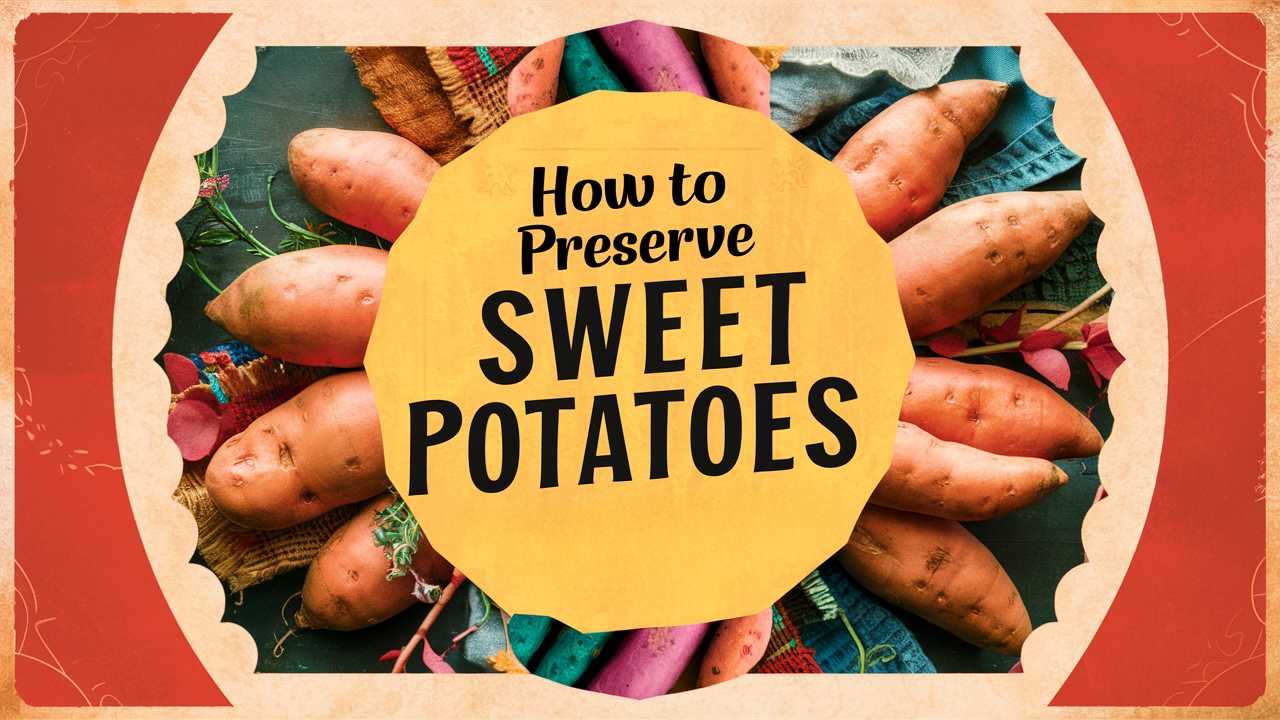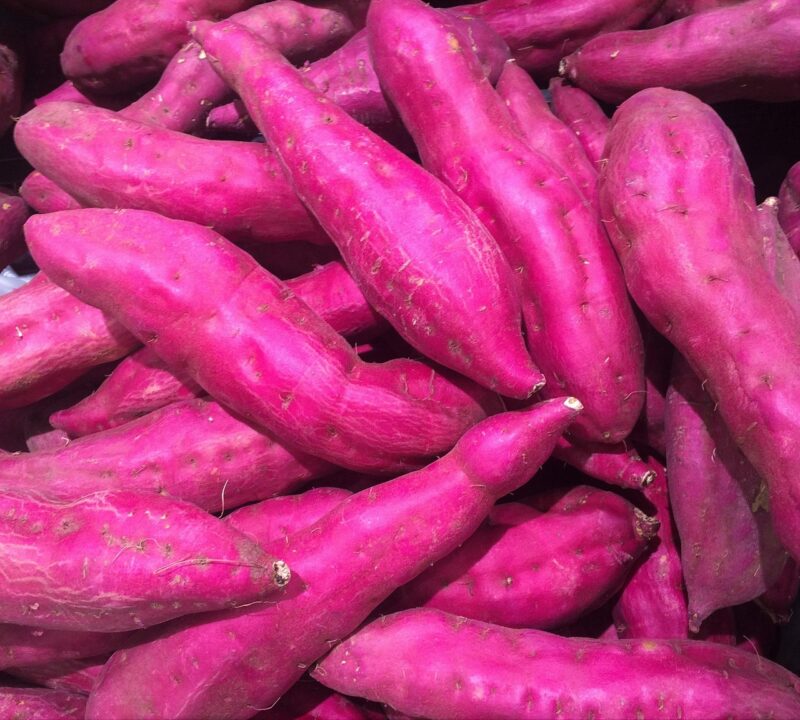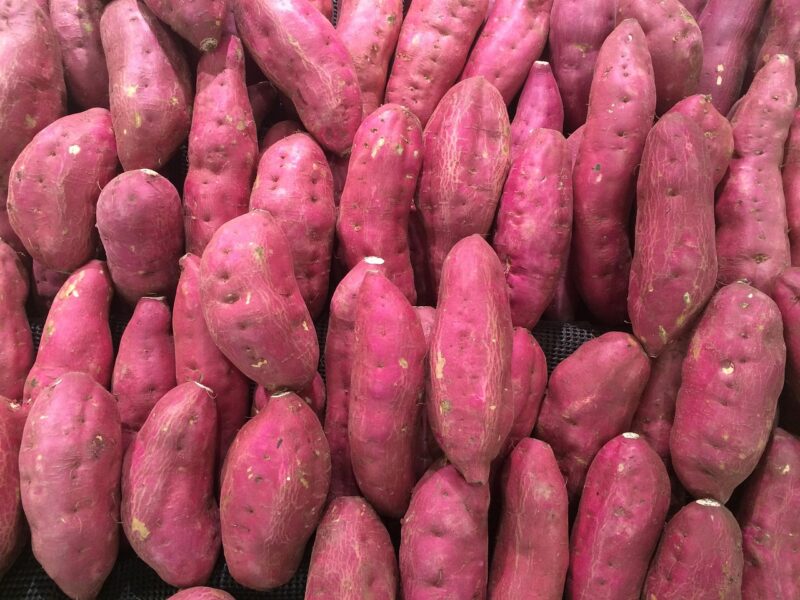Sweet potatoes are a versatile staple in many kitchens, adored for their rich flavor, nutritional benefits, and a variety of culinary uses. However, just like any other fresh produce, sweet potatoes have a limited shelf life. Learning how to preserve them effectively can not only help reduce waste but also allow you to enjoy their delightful taste and nutritional value throughout the year.
In this guide, we will explore a range of preservation methods, from traditional techniques to modern innovations, ensuring that you have a comprehensive understanding of how to keep sweet potatoes fresh and delicious.
Understanding Sweet Potatoes
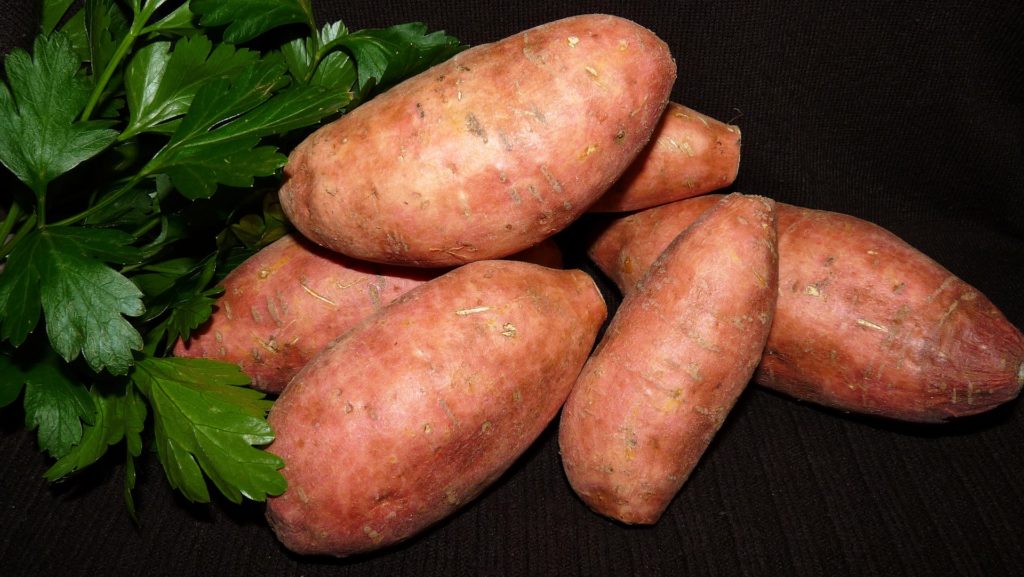
Before we explore preservation techniques, it’s helpful to understand what sweet potatoes are, their varieties, and their nutritional benefits. Sweet potatoes belong to the morning glory family and are often confused with yams, although they are different root vegetables. Varieties range from the common orange-fleshed sweet potato to white, purple, and even blue-fleshed types. Each variety has its unique flavor profile, from sweet to nutty, and can be used in various dishes, from savory casseroles to sweet pies.
Rich in vitamins A and C, fiber, and antioxidants, sweet potatoes are not just tasty; they pack a punch nutritionally as well. They can aid in digestion, boost immune function, and support eye health. With such benefits in mind, preserving sweet potatoes allows you to maximize their health advantages while enjoying their robust flavor year-round.
Choosing Quality Sweet Potatoes
The journey of preservation begins with the selection of quality sweet potatoes. When shopping, look for smooth-skinned potatoes without blemishes, cracks, or soft spots. These imperfections can indicate spoilage or poor storage conditions. The produce should feel firm and heavy for its size, as this is often a sign of freshness.
Remember that the size can also matter. While larger sweet potatoes may seem appealing, smaller ones often have a more concentrated flavor and texture. Embracing the diversity of shapes and sizes can lead to exciting culinary experiences as you experiment with various recipes.
Ideal Storage Conditions
Once you have your sweet potatoes, the next step is to store them properly. Sweet potatoes should be stored in a cool, dark, and well-ventilated place. Ideal temperatures range between 55°F and 60°F (13°C to 16°C). Avoid refrigerating them, as cold temperatures can lead to a change in texture and flavor, making them taste unpleasant.
A pantry or cellar works well for storage, but ensure that they are not placed near other fruits and vegetables that release ethylene gas, such as apples and bananas, which can accelerate spoilage. Using a cardboard box or a basket can offer the necessary airflow to prevent mold growth.
Preparing Sweet Potatoes for Preservation
When it comes to preserving sweet potatoes, proper preparation is crucial. Depending on your chosen preservation method, you may need to wash, peel, or cut them before storing them. Always wash sweet potatoes thoroughly to remove any dirt or pesticides, even if you plan to peel them.
If you’re planning to freeze sweet potatoes, it’s recommended to blanch them first. This process involves briefly boiling the vegetables in water, which helps to preserve their color, texture, and flavor. After blanching, shock them in cold water to halt the cooking process, then drain and pat them dry before moving on to the next step.
Freezing Sweet Potatoes
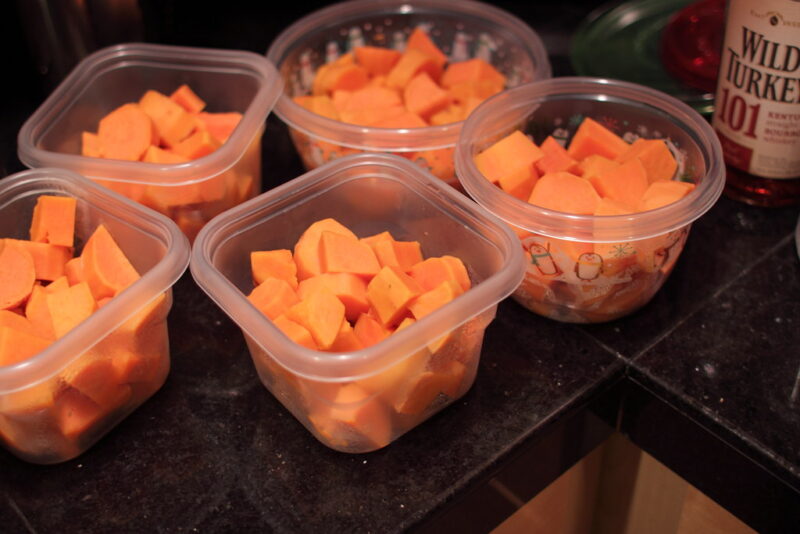
Freezing is one of the most popular methods for preserving sweet potatoes, as it extends their shelf life for several months while maintaining their flavor and nutrition. There are several techniques you can use when freezing.
Raw Freezing: For immediate use, you can wash and cut sweet potatoes into cubes or slices. Place them on a baking sheet to freeze individually before transferring them to freezer bags. This method makes it easy to remove only what you need later.
Cooked Sweet Potatoes: Another option is to cook sweet potatoes before freezing. You can steam, bake, or roast them, allow them to cool, and then pack them into freezer-safe containers. This method can be especially useful if you frequently use them in recipes like soups and purees.
When labeling your freezer bags, be sure to include the date and the contents. Sweet potatoes can typically last up to a year in the freezer when packaged correctly.
Canning Sweet Potatoes
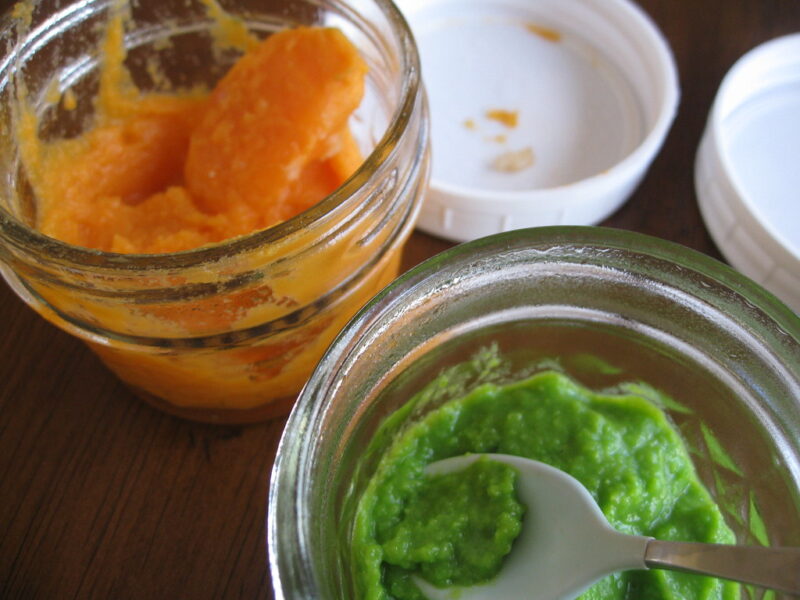
Canning is another method to preserve sweet potatoes and is particularly appealing for those who enjoy a little culinary adventure. Though it requires more equipment and a bit of knowledge, home canning can yield delightful results.
Pressure Canning: Sweet potatoes must be pressure canned as they are a low-acid food. This safety measure is crucial to prevent the growth of botulinum bacteria. Start by cubing or slicing the sweet potatoes, then cook them briefly before packing them into jars. Always follow up-to-date canning guidelines and safety protocols from trusted sources like the USDA or the National Center for Home Food Preservation.
Sweet Potato Puree: If you prefer sweet potato puree, you can process cooked sweet potatoes until smooth and pack them into jars for canning. This method makes for a convenient ingredient in recipes like pies and casseroles.
Canning sweet potatoes can seem a bit daunting at first, but it can also be a fun project to share with family or friends. Not only will you have a stash of homemade goodness on hand, but you can also show off your canning skills!
Dehydrating Sweet Potatoes
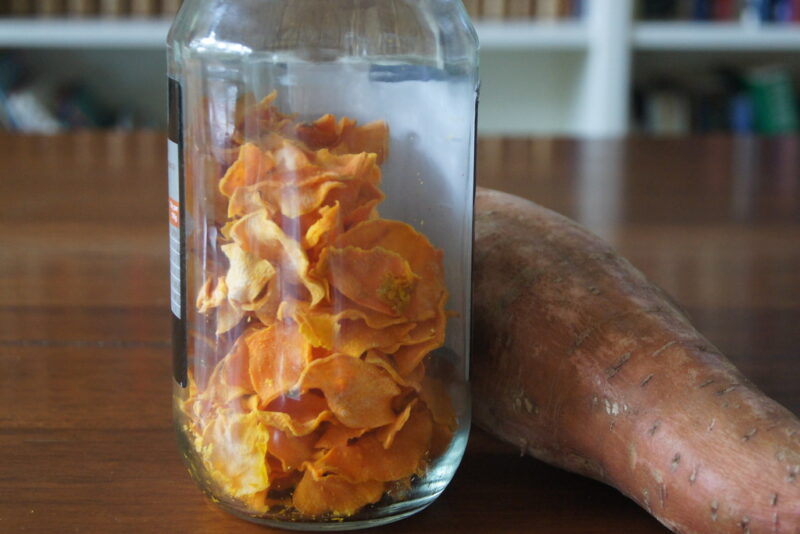
Dehydrating is another effective method to preserve sweet potatoes, allowing them to be stored for long periods while maintaining essential nutrients. The process can be quite satisfying and opens the door to a range of creative uses.
Slicing and Blanching: Start by slicing your sweet potatoes into thin coins or chips. Blanching is recommended to preserve color and flavor. After blanching, thoroughly dry the slices.
Using a Dehydrator or Oven: Once your slices are ready, use a food dehydrator or set your oven to its lowest setting. Spread the slices out in a single layer on the trays and let them dehydrate until they are completely dry and brittle. This process may take several hours, so patience is key.
Storing Dehydrated Sweet Potatoes: Store the dried slices in airtight containers in a cool, dark place. When you’re ready to use them, rehydrate them by soaking them in hot water. Dried sweet potatoes can be a great addition to soups, stews, or even enjoyed as a crunchy snack.
Creative Cooking with Preserved Sweet Potatoes
With preserved sweet potatoes, the possibilities are endless. Each preservation method can lend itself to a different culinary route. For instance, frozen sweet potatoes can be whipped into smooth, delicious pies or baked into comforting casseroles. Canned sweet potatoes can be mashed and infused with spices to create an easy side dish, while dehydrated slices can be tossed into a trail mix or rehydrated for hearty autumn stews.
Experimenting with these different forms can be an enjoyable way to expand your culinary repertoire. Get creative and think outside the box, perhaps incorporating spices, herbs, or alternative ingredients to enhance the natural sweetness of the preserved fruit.
Techniques for Using Sweet Potatoes
With your preserved sweet potatoes in hand, the next challenge is how best to utilize them. Here are a few ideas to get you started:
Sweet Potato Hash: Combine frozen cubes with bell peppers, onions, and spices for a delicious breakfast hash. Simply sauté until they are golden brown and tender, and serve with eggs.
Smoothies: Blend frozen sweet potatoes into smoothies for added creaminess and a boost of nutrition. Pair them with banana, spinach, and your choice of nut butter for a delightful breakfast treat.
Baked Goods: Incorporate sweet potato puree into muffins or pancakes. It adds moisture and sweetness without overpowering other ingredients.
Soups and Stews: Consider making a hearty soup or stew with canned or frozen sweet potatoes. They pair wonderfully with lentils or beans and can serve as the base for many savory dishes.
Overcoming Common Challenges
Despite the multiple benefits of preserving sweet potatoes, there can be challenges. Here are a few common pitfalls and solutions:
Oxidation: When cutting sweet potatoes, they may start to brown quickly. To minimize this, soak them in a solution of water and lemon juice to prevent oxidation before storage or before cooking.
Mushy Texture: If sweet potatoes lose their firmness during freezing, this may be due to excess moisture. Ensuring they are thoroughly dried before freezing can help maintain their texture.
Flavor Changes: If you notice a change in flavor after preserving, be sure to use sweet potatoes that were fresh and in good condition when starting the preservation process. Moreover, proper packaging and storage conditions will help maintain flavor.
Conclusion: The Joy of Preserving Sweet Potatoes
In conclusion, learning how to preserve sweet potatoes is not just about extending their shelf life; it’s about embracing the joys of cooking and celebrating the seasons. Whether you choose to freeze, can, or dehydrate, each method offers unique benefits and opportunities for delicious meals and snacks.


